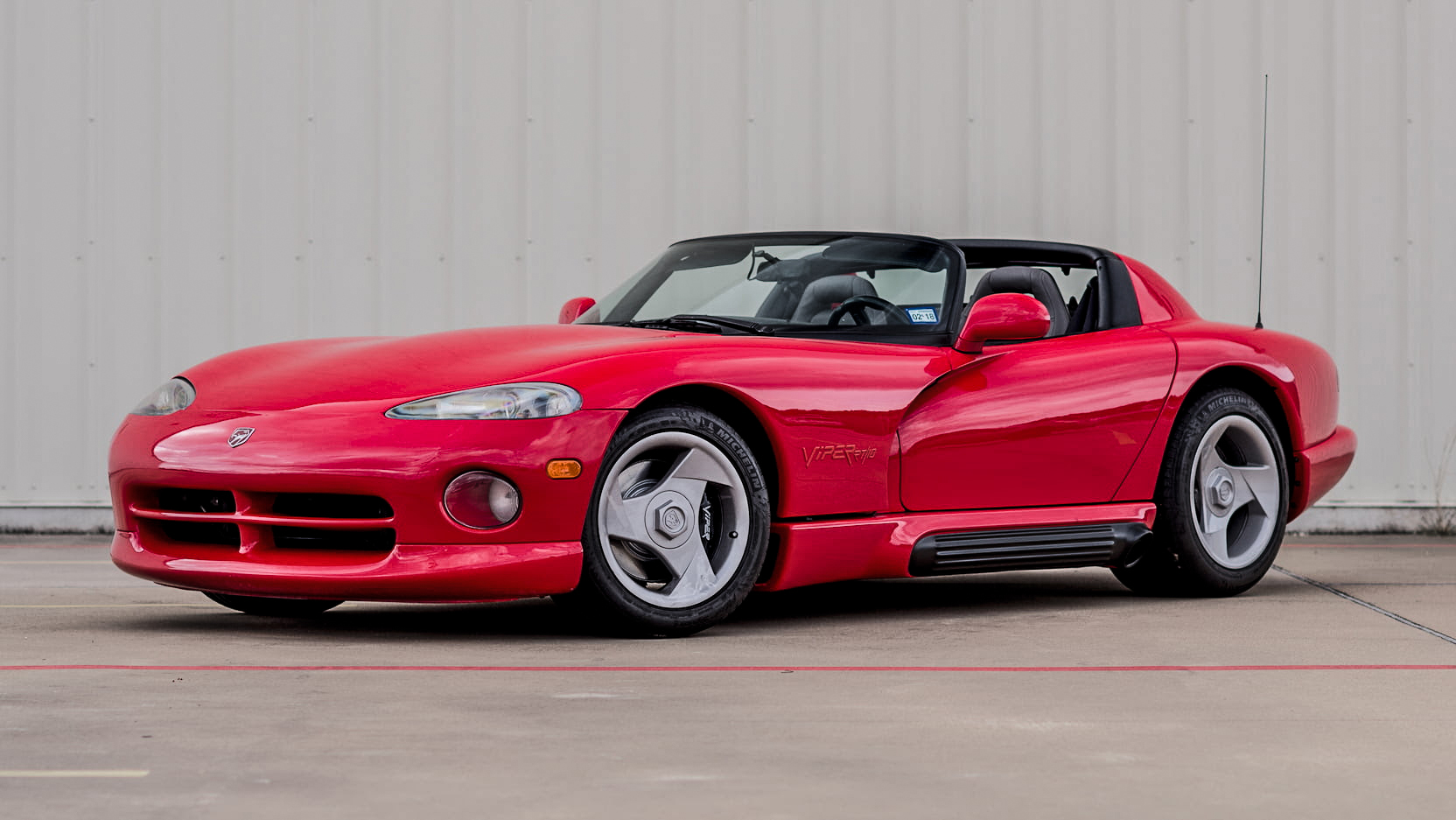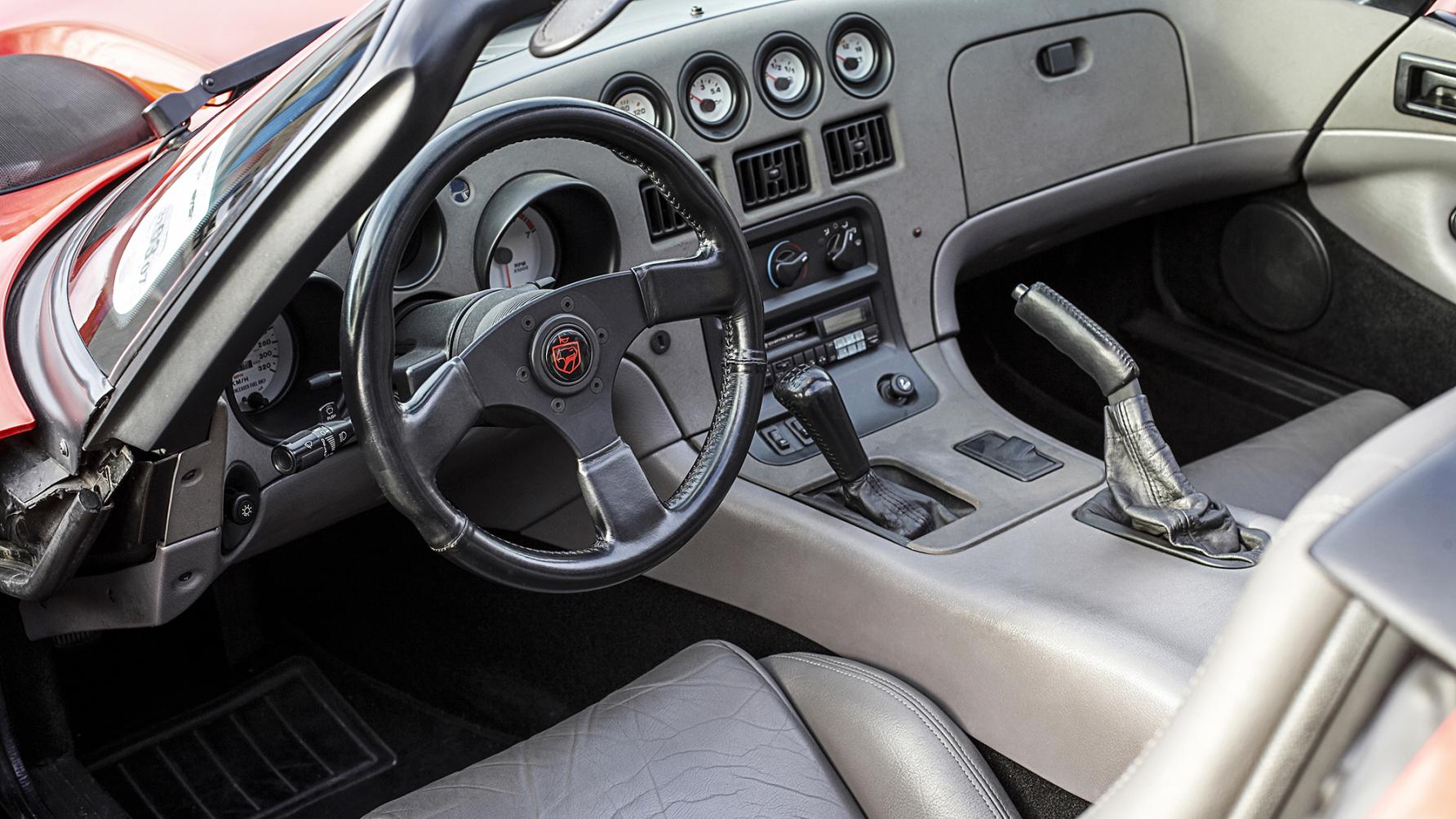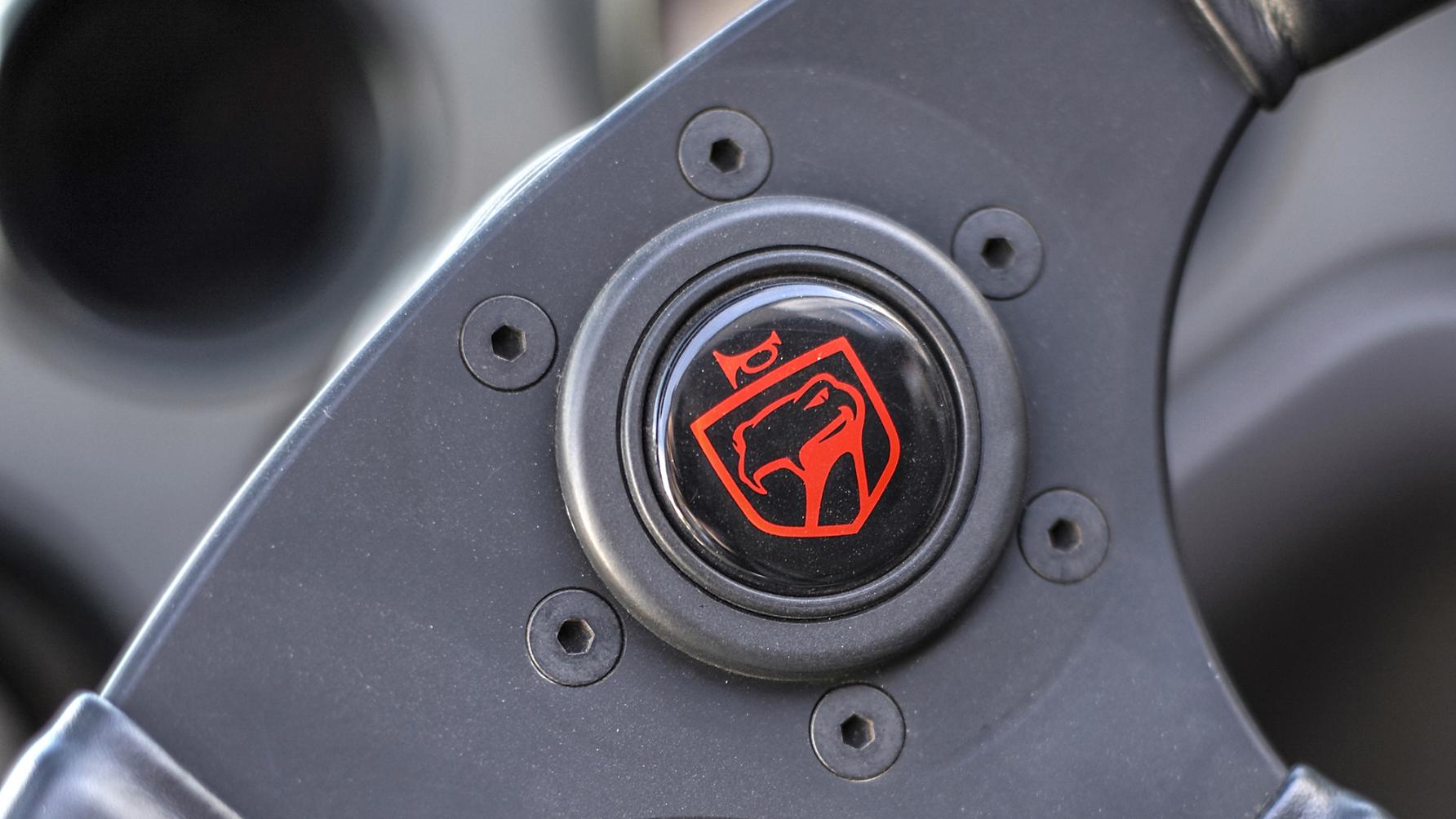
Top Gear’s guilty pleasures: the original Dodge Viper
As subtle as being shot and just as safe, it takes a certain type of masochist to love the Viper. Like us, for instance
The Dodge Viper is, objectively, a terrible car.
It is as subtle as a sledgehammer and as civilised as a civil war. It’s as loud as The Who at Wembley and its turning circle rivals the Titanic. The side-exit exhausts superheat the sills, so you burn yourself every time you get out of the car. It has panel gaps you could push a hockey puck through. The interior plastics make a hospital lunch tray seem joyous and tactile, and medieval plate armour has better visibility.
But, much like the Viper RT/10 itself, I don’t give even a modicum of a care. Dodge’s V10 supercar is the antithesis to careful consideration, ambivalence and hand-wringing – it knows exactly what it’s about and how it’s going to go about it. And if that doesn’t work for you, have a nice life.
What the Viper is about – and how it goes about it – is actually an old-school gearhead’s dream: everything you need and nothing you don’t. The original Viper is a laundry list of things you don’t have and don’t really need – windows, air-conditioning, exterior door handles, a remote boot release, centre console, or door pockets. No automatic gearbox on the options list. No real options list, now that we think about it.
So far, so good. But you also won’t find traction control, stability control, airbags or even ABS. Clearly, the Viper is from the TVR school of personal responsibility. And, after decades spent with a safety net under you, it’s only reasonable to feel a little hesitant to grab the trapeze again knowing your hands are the only thing keeping you alive.
Especially when the Viper is powered by one of the all-time leviathans of internal combustion – an 8.0-litre V10. Yes, the headline figures of 400bhp and 465lb ft seem almost laughable these days. But these figures belie the on-road realities of the Viper’s V10: it made 225lb ft at 1,000rpm, more than 325lb ft at 1,500rpm and nearly 400lb ft by the time you hit 2,000rpm. As you might expect, floor it in a Viper from just about anywhere in the rev range and it will Just. Keep. Pulling. All the way to the horizon, or at least into the waiting arms of the Plod.
To try to contain and control this omnipresent torque, the Viper shipped with 335mm-wide rear tyres. And this was great – a surfeit of grip to match the profusion of power. But what it did mean was that if a Viper driver ever overcame that grip, they would be going quite a bit faster than is generally recoverable. Or survivable.
So the Viper, then, is as dangerous as skin-diving with piranhas and as good for the environment as Deepwater Horizon. But it’s also a car I can’t stop myself from loving. Every time I look at the Viper, I’m rocketed back in time to the mid-Nineties and the framed poster I had of it on my bedroom wall. There it was, in fire engine red, parked in perfect, almost phallic profile right in front of a coal heap, in case there was any doubt of its ecological outlook. I knew I liked cars before I got that poster, but the Viper was the first time I knew for sure that I loved them.
Objectively, it’s terrible. But since when did objectivity have anything to do with love?
Top Gear
Newsletter
Thank you for subscribing to our newsletter. Look out for your regular round-up of news, reviews and offers in your inbox.
Get all the latest news, reviews and exclusives, direct to your inbox.
Trending this week
- Car Review
Bentley Speed Six










